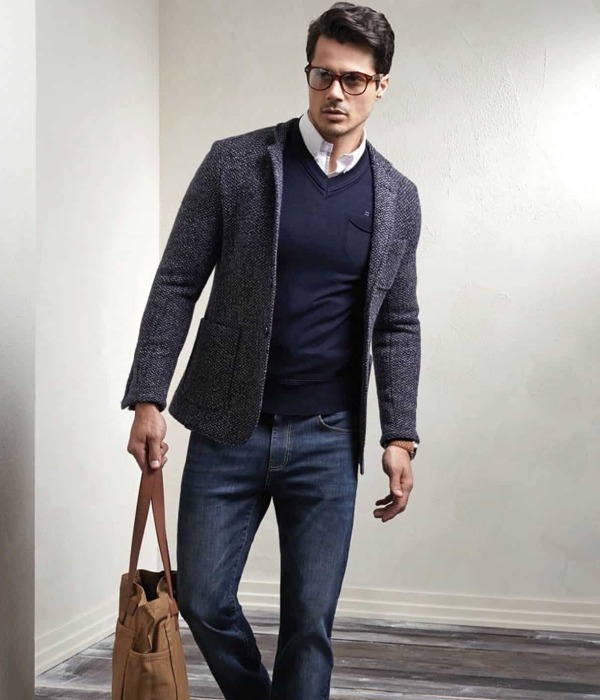
CHANGE OF FORMAL TO SEMI-CASUAL WORK WEAR – WHAT HAS CHANGED?
We are well into 2021; the previous year devastated the opportunities of wearing a full suit to the workplace, owing to the outbreak of the pandemic that dominated the headlines in 2020. The good news is that formal wear is no longer the not so-fitting well stripes and checks of our pop’s time. Formal shirts can be linen, cotton blends, upmarket silks, with ties more of a collector’s piece. The ‘business casual look’ is on…
In most workplaces, it is super-formal from Monday through Thursday. In other words, the rule of the thumb is wearing full sleeves, trousers, button-down shirts with collars (ideally, no flashy colors and no prints), ties and leather shoes. Fridays can get bit lenient when you ditch the tie, try out with different prints, and perhaps go for khakis or chinos. This traditional mold is being fast replaced by more relaxed dress codes for employees to express themselves more freely, and create a work environment that is the best fit with the brand identity of the company. This said there are many HR Managers that still frown at the sight of executives wearing sleeveless attire, open-toed shoes and pants straying too far above the knee.
The workspace at all other times is a place to create and reflect your personal brand. Do you want to be tagged as the easy-to-go guy or the solemn guy or somewhere between the two extremities of the scale? You need to dress accordingly more often than not. There is also a growing school of thought that dressing casually effuses a sense of informality that can also easily relate to the mood of your team, thereby enhancing the quality of work delivered.

Recent Posts

